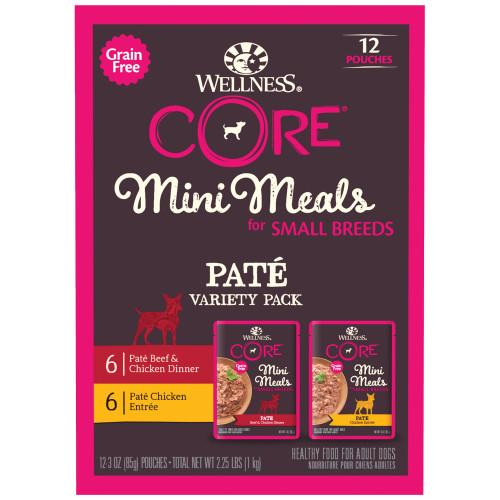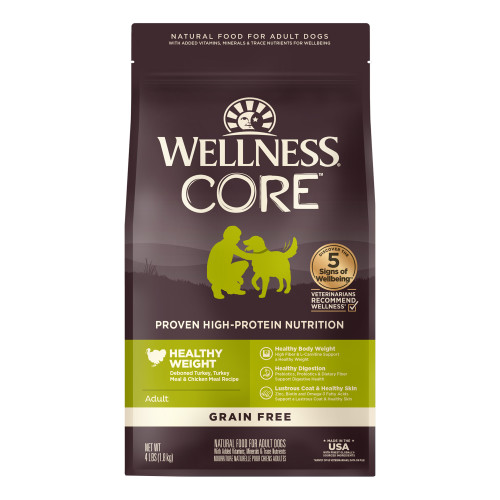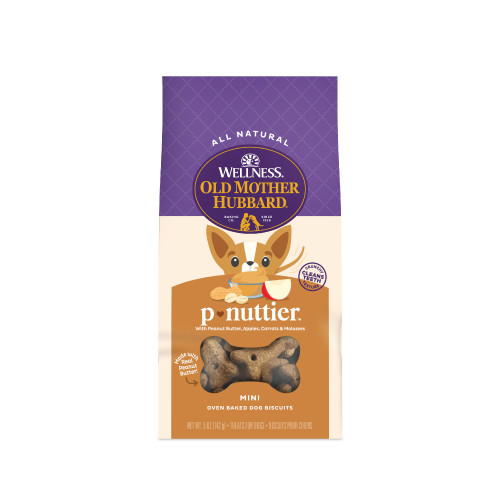June 26, 2023
5 Reasons Your Kitten Might Not Be Eating and What To Do About It
Having a new kitten in your home can be a world of excitement, play, and fun, but it can also be a lot of stress too! Finding the right kitty bed, toys, feeding area, climbing and scratching posts, can be a fun task to make your new kitten family member feel right at home. But what if your little furry friend isn’t eating well? What are some reasons your kitten might not be eating and what can you do to address the problem? Below are 5 reasons your new kitten might not be eating well and what steps you can take to help get them on the right track.
Why Is My Kitten Not Eating?
1. Health check:
This is the most important step. A change, poor, or complete loss of appetite can be a sign of an underlying health issue or issues. Reasons you kitten won’t eat can be numerous such as dental problems, gastrointestinal problems, upper respiratory infections, or parasites to name a few. Have your veterinarian check your kitten’s health first to rule out a medical issue before troubleshooting concerns, that will ensure your kitten has the best chance to thrive in the future.
2. Consider kitten age:
Depending on how old your kitten is they may be eating an appropriate amount or not enough food. Remember that small kittens have a very small stomach, so they may need a high quality, nutrient dense food in a smaller amount to meet their needs. New kittens grow gradually, although at times they have growth spurts and growth lulls. Monitoring your kittens weight each week or two can help you see if your kitten is growing at the proper rate. It is important to ensure your kitten maintains an appropriate growth rate, as too fast can be a risk factor for obesity in later life, and too slow can be an indication of health or nutritional problems. If you are unsure, discuss with your veterinarian whether your kitten is growing at an appropriate rate.
3. Stress or environmental change:
When first introducing your kitten to their new home, it is important to give them time to adjust. Kittens that have experienced changes to their surroundings are sensitive and may lose their appetites for a day. Stressful events like vaccinations and medical procedures such as a spay or neuter can also result in a slight dip in appetite for a couple of days. Ideally, a cat’s intake should be adjusted slightly lower after neuter or spay to prevent excessive weight gain in later life. Monitoring their weight and intake is important to help ensure they adjust to a new change and are not suffering from prolonged stress. Be sure to have a comfortable space suitable for cats for your new kitten to enjoy.
Recommendations on a happy cat environment:
- Safe space & healthy food – Provide a comfortable place to sleep (low noise, draft-free and warm, easy to access for the new kitten, but low traffic) as well as easy access to clean water, and clean feeding dishes daily. Be sure to offer your kitten a healthy complete and balanced diet appropriate for your kittens’ growth and that your kitten enjoys. Consider offering both wet and dry formats, either by themselves, or mixed together to see what suits your kittens’ preferences best. Wellness has multiple forms and flavors to choose from including dry cat food recipes like Core Digestive Health, Complete Health Grain Free, Complete Health with Wholesome Grains, and more. Wellness also offers several wet cat food recipes like Core Digestive Health Pate, Complete Health Pate, Complete Health Minced, and more.
- Litterbox – Have an appropriate litterbox (usually at least 1+, uncovered) and litter types appropriate for the cat – most prefer unscented gravel clumping litter, but there are many other types that some kittens may prefer.
- Scratching posts – Provide posts of various heights (some on the floor, some elevated above their head to allow for full body stretching) as well as various textures (i.e. rope, cardboard, carpet) as different cats have different preferences. Be sure they are sturdy enough for your kitten, but as well once they grow into full size.
- Toys – Provide appropriate toys and keep track of them. Many different toys have wonderful properties that allow kittens to pounce, hunt, chase, trap, and catch – but remember that they may also improperly ingested and result in a potential obstruction, which may result in a loss of appetite and is considered an immediate emergency. Be sure to offer kittens toys to play with, but after playtime put them away to avoid potential problems.
4. Food transitions:
Cats are known to be ‘neophobic’ which means they are afraid (phobic) of new (neo) things. Some kittens may only have been exposed to one type or flavor of food, and when you introduce your new kitten to a lovely new complete and balanced kitten wet food – they may not even see it as food! When introducing a kitten to new food, they may not want to eat because it is a format or flavor they are unfamiliar with, so gradual introduction to new foods is recommended. Trying different formats and flavors and offering your kitten opportunities to be exposed to different foods will allow them to be more food type adaptive or find the food they enjoy most.
5. Tips for nutritional success for your kitten (from a veterinary nutritionist):
Whether getting a young kitten that can fit in one hand or a more mature kitten that has already been spayed or neutered – providing a good nutritional foundation will undoubtedly set them up for a better future. Ensuring your kitten maintains a healthy body condition as they grow is important, and feeding them a high quality, healthy, complete and balanced diet appropriate for growth is vital. Offering different types and flavors of foods can help your kitten adjust to new foods and help maintain appropriate growth, and warming foods slightly (ensuring no hot spots) or offering foods in different sizes and types of food bowls may also help entice your new kitten to eat. Some cats prefer flat dishes, so their whiskers do not touch the edge of the bowl, while other cats prefer different food bowl types such as stainless steel or porcelain dishes. Sometimes a little trial and error is what is needed to find the right fit for your home and your kitten, but using the many different formats and flavors that Wellness offers that are complete and balanced for growing kittens can help make that journey a little easier.
Remember, if your kitten is not eating well or their lack of appetite persists despite making all the right changes in your home and offering different options to your kitten, it is important to discuss your concerns and bring your kitten into your veterinarian to have their health evaluated as soon as possible.






